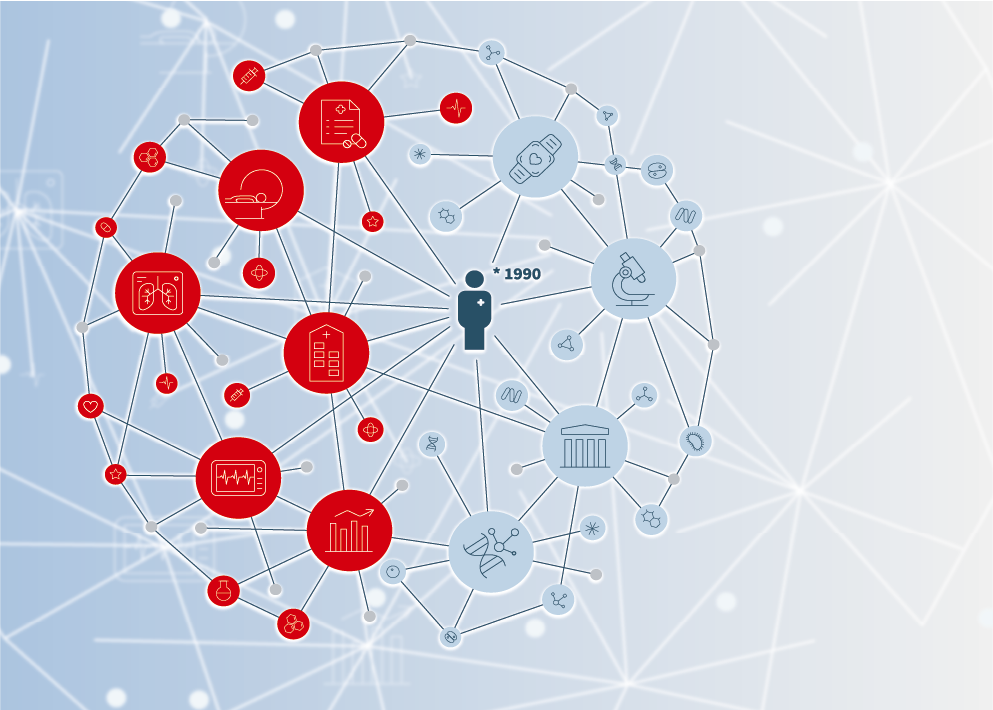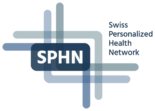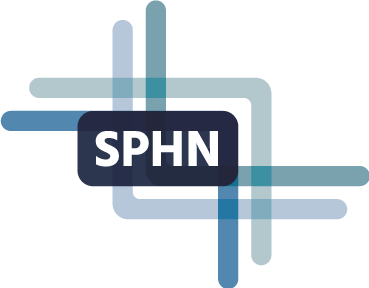The SPHN Semantic Interoperability Framework’s 2025.1 release brings targeted improvements, enhancing the current schema and offering broader, more detailed representation of genomic variants.

The SPHN Semantic Interoperability Framework provides a common language, guidelines, and tools necessary to gather health data for research in a FAIR manner. This means data is Findable, Accessible, Interoperable, and Reusable. At its core, the SPHN Dataset uses internationally recognized semantic standards to define the meaning of sharable health data.
The SPHN RDF Schema provides an exchange format that represents the semantics and connections between data elements. This schema serves as a blueprint for data providers, simplifying the sharing of data in an understandable and interoperable format. It is also designed with flexibility, allowing projects to adapt it to their specific needs.
The now released version 2025.1 of the framework builds on the work of 2024, incorporating refinements to several value sets, utilizing SNOMED CT more extensively, and expanding the range of concepts for representing genomic variants.
This milestone is the result of collaborative efforts by the FAIR Data Team at the SPHN Data Coordination Center, the Semantics Working Group and the RDF Working group members of the University Hospitals, the BioMedIT workforce, the National Data Streams, and the SPHN Demonstrator projects.
Updates and enhancements in version 2025.1:
Expanded Concepts in the SPHN Dataset
- Integration of new concepts for the representation of genomic variants.
- Change request based on the feedback of projects and hospitals
- Over 50 new SNOMED CT codes, submitted and incorporated into the international version of the SNOMED CT standards, are utilized in the 2025.1 SPHN release.
Additional External Terminologies provided
- ICD-O-3
- OncoTree
Availability

